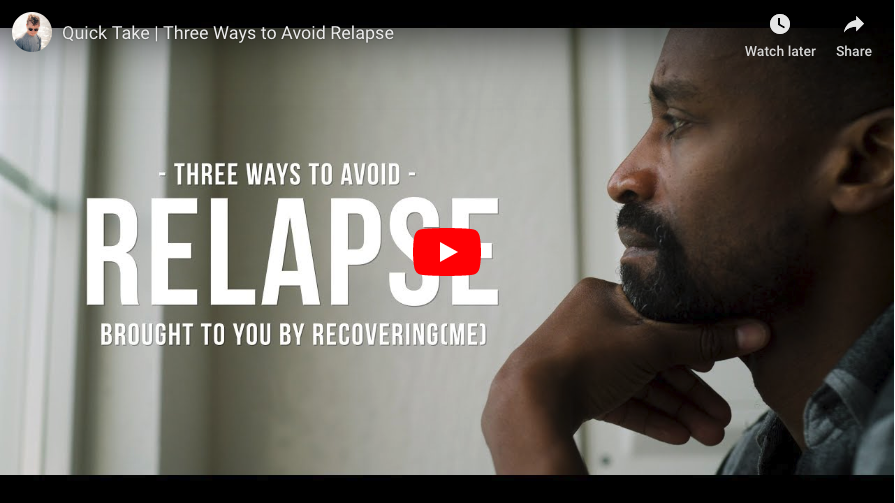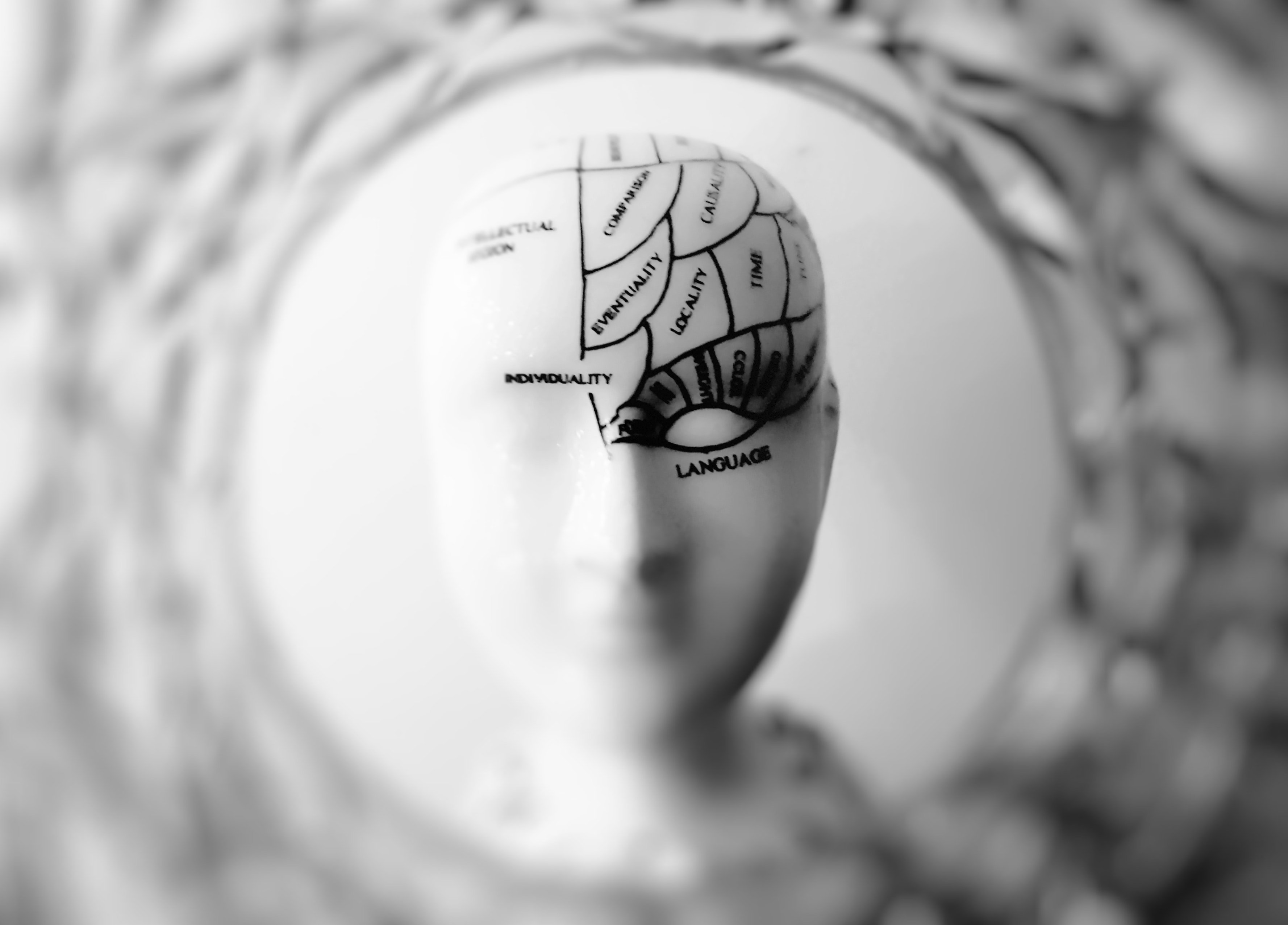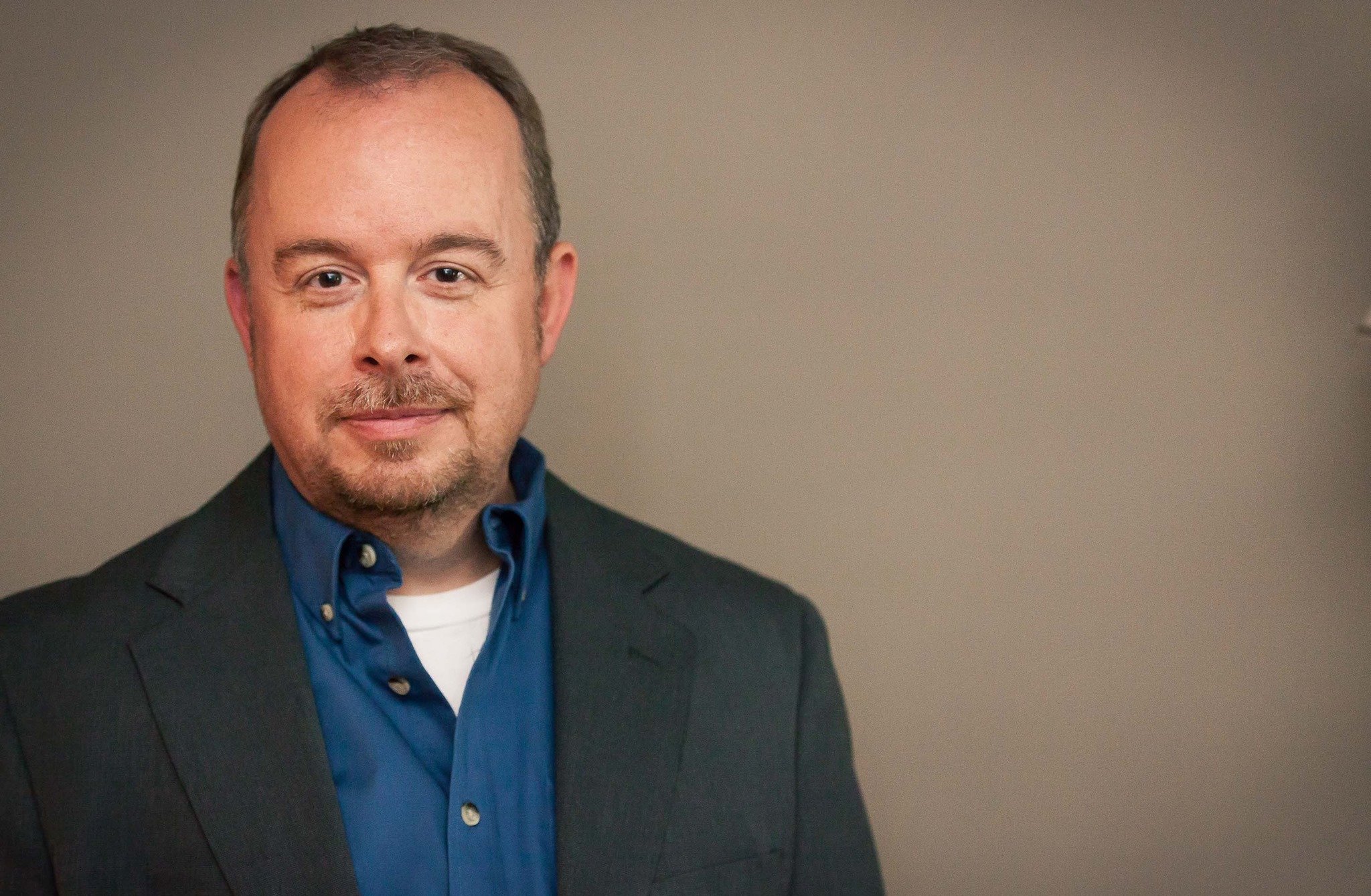
We’re happy to present today’s Quick Take, a new video series brought to you by Recovering(me).

We’re happy to present today’s Quick Take, a new video series brought to you by Recovering(me).

If addiction is a brain disease, then researchers should be able to determine what kinds of medications for this disease work—and how they work, too. That’s the idea underlying a new study that’s being put together by Dr. Nora Volkow at the National Institute on Drug Abuse, or NIDA for short. She wants to take a closer look at the current medications being used to treat addiction and find out just what kinds of effects they have on the brains of people struggling with addiction. This first-of-its-kind study will compare brain scan images before, during, and after treatment with standard MAT medications for addiction.

It can be scary, this idea of leaving everything you know to come to a place completely focused on one thing—your recovery. It’s likely that you have doubts and questions before beginning the journey that is residential treatment, but we want you to know that Stepworks is committed to your recovery experience. If you have made the decision to go to residential treatment, you are already taking the first courageous step!

Most physicians study medicine because they genuinely want to help people. Too often, science and technology distract us from this first calling. I like addiction medicine because it is the quintessential practice of family medicine. We treat not only physical disease but also the family, emotional and psychological consequences that are caused by the disease. There is no better feeling than helping an addict rediscover themselves. No one ever said “I want to be an addict when I grow up.” Within every addict is a son, daughter, mother, father, spouse that has the same hopes and dreams for their life as I do for mine. I have the profound honor to help lead them out of the darkness.

The value of addiction continuing care is often underemphasized among addiction professionals and treatment clients. There can be lots of focus on initial interventions and treatment levels, with continuing care/aftercare relegated to being an afterthought. But if we really think about what sort of disease addiction is, we should be able to see that continuing care can’t be left out of the treatment equation.

Opioid detox is an important early step in the process of recovering from an addiction to heroin or prescription pain medications. Detox, or detoxification, is the stage of treatment when you stop using addictive drugs and allow those toxins to dissipate so they’re no longer in your system. In an addiction treatment setting, detox can be a phase of treatment or a stand-alone treatment service, and it usually involves management of withdrawal symptoms.

In a recent Stepworks Connect blog post, “3 Big Benefits of Structure in Addiction Recovery,” we discussed the reasons why residential addiction treatment programs often have a lot of structure. Not everyone who is in need of help for addiction is prepared to radically change their daily habits, and structured living can sometimes be a barrier to seeking help from a treatment provider. Yet structure is key to making treatment effective and teaching the person in recovery how to organize their life around healthier habits. What we don’t mean is a one-size-fits-all approach to treatment that simply slots people into predetermined roles and activities. Getting good treatment for substance use is all about learning how to import structure into your own life, around your personal goals and responsibilities.

Many people who seek help for drug or alcohol dependency find out that addiction treatment improves family life in ways they never anticipated. Having a healthy family life is crucial to feeling confidant and supported in recovery, so the topic of family relationships is often a big component of recovery programs like Stepworks. Unfortunately, some people who are struggling with drug dependency aren’t aware of the ways in which addiction treatment could strengthen their family bonds.

Why do people emphasize the importance of structure in addiction recovery programs? Is structure the end goal or just a way of getting to sobriety? These are commonly asked questions, especially when one is looking at the pros and cons of different treatment programs. Questioning structure is also a common response that people may have when they first enter a rehab program or recovery environment. A person like that might ask, “Why do I have to attend all these group meetings?” or, “How come we do this activity at the same time every day?” Discussing the role of structure in addiction recovery means looking at the root of what addiction is and how to best stay on a sober path.

The decision to seek help for a problem using opioids, alcohol, or another drug doesn’t come easy. Many people wrestle with the question of whether they really need professional help. Even after deciding to pursue some kind of addiction treatment, many are unsure what kind of treatment they should choose. Residential addiction treatment, or rehab, offers an immersive kind of treatment that can be particularly effective in laying down a foundation for lifelong recovery. Unfortunately, internal or external barriers often prevent people who have addictions from choosing residential treatment, at least as a first choice. Some of those barriers are myths or misconceptions about rehab. When you’re making a decision that’s going to have a big impact on your health, it’s important to have accurate information. Take a look at these commonly held residential addiction treatment misconceptions. Spreading the facts about rehab can help people make informed health decisions and make more efficient use of the various pathways to recovery.